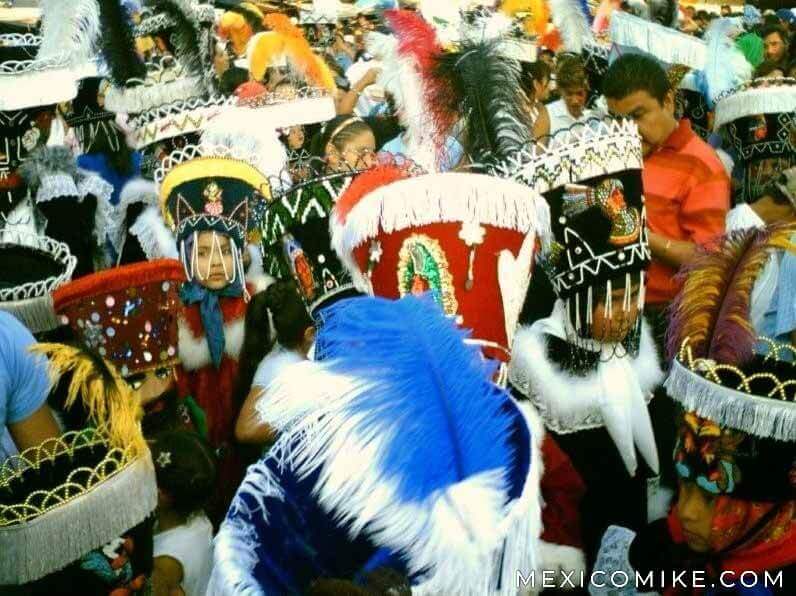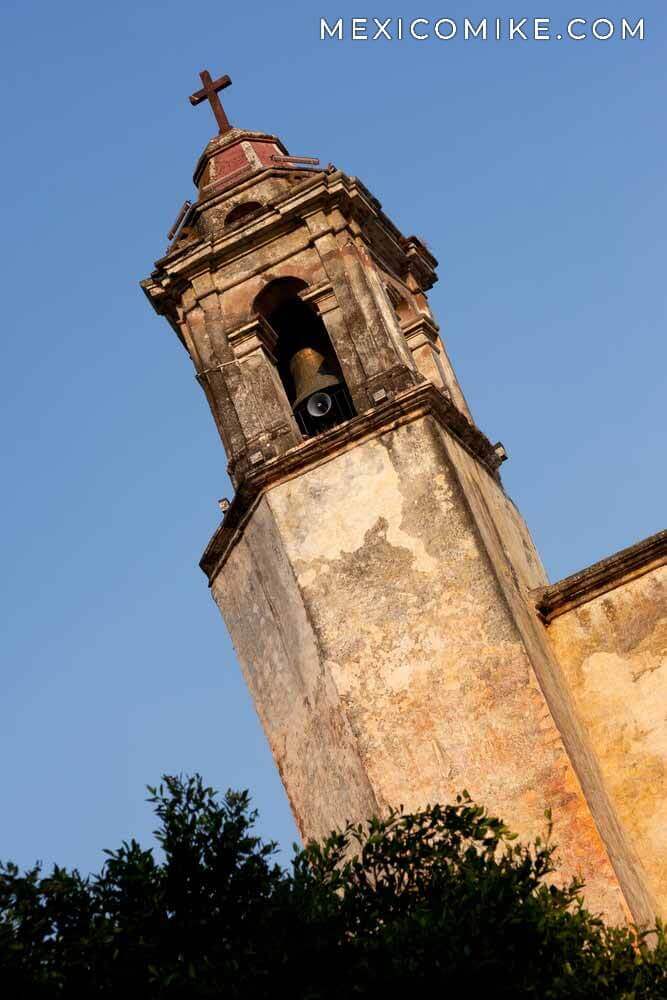Located in south-central Mexico, Morelos is one of the smallest states in Mexico—second only Tlaxcala. Bordered by the Federal District and the states of Puebla, Mexico, and Guerrero, Morelos is a popular destination for the people of Mexico City, many of whom visit this beautiful region for weekends—a practice once shared by Aztec emperors who also favored the state’s lovely climate. Morelos is revered for its festivals and costumed dancers; Carnival draws especially large crowds to this culturally rich state.
Important Facts
Morelos was admitted as a state in 1869. Its territory was promoted to statehood by Benito Juarez who decreed that it should be admitted as a state in honor of Jose Marie Morelos y Pavon who defended Cuautla from royalist armies. The state’s capital is Cuernavaca and is also its largest city. The state is the nation’s second-smallest with an area of only 1,889 square miles. While densely populated, the state is the country’s twenty-third most populous state with an official population of 1,799,967.

Morelos Geography and Landscape
With its mild climate, Morelos has been a favorite Mexican destination for centuries. Despite its small size, the state boasts an incredibly diverse topography; mountains, hills, and flatlands comprise its landscape. The state is divided from the Valley of Mexico by the Sierra Adjusco in the northern region of the state. The Trans-Mexican Volcano Belt and Sierra Madre del Sur also run through sections of the state. The famous volcano Popocatepetl is situated on the state’s border. The topography of Morelos ranges from alpine meadowlands to tropical rainforests. The state’s largest lake, Laguna Tequesquitengo, is also a popular tourist attraction with several noted inns and resorts. The flora of Morelos ranges from pine, fir, and oak trees to bougainvillea, mesquite, willows, and poinsettias—the official flower of the capital. The state’s wildlife includes such animals as opossum, coyotes, badgers, and various reptiles.

Morelos History
Humans populated the area of Morelos around 2000 B.C. Later, the Toltecs settled the area and practiced agriculture. Various historians believe that the worshipping of Quetzalcoatl originated in the area of Morelos. By the fourteenth century, the Tlahuicas were the most populous group in the region; however, they were soon absorbed into the Aztec Empire by 1430. After the arrival of the Spanish, the indigenous population was greatly reduced due to disease and mistreatment by the ruling Spaniards. A lack of people to work the sugarcane plantations resulted in the importation of African slaves to the area. Eventually, Morelos became an important link for Mexico City and its trade with the southern reaches of Mexico. Morelos experienced considerable tumult during the nineteenth century. The Mexican Revolution reached Morelos in 1811. In spite of the ensuing political upheaval throughout the century, Morelos continued as one of the primary producers of sugarcane in the entire world. After the Mexican Revolution in the early twentieth century, Morelos began to witness some industrialization and more tourism along with its successful agricultural way of life.

Culture of Morelos
Morelos is famous for its music and dance. Its most identifiable dance is called Dance of the Chinelos, which plays a major role during Carnival, but is often danced at other festivals as well. Chinelos are the traditional costumed dancers associated with the state; the dancers are clad with masks and elaborate disguises. During the dancing, they depict mocking or satirical gestures aimed at Europeans—particularly those of the Colonial Era. Morelos has also attracted a population of artists and writers who live in the state and have created a vibrant art community where literature, painting, and music (especially traditional corridos) are highly valued. Visitors to the state will find performance or art showings in the major cities of Morelos at nearly any time.

Tourism in Morelos
The state’s major cities like Cuernavaca and Cuautla attract visitors year-round. The state is famous for its second homes or weekend getaway rentals that are especially popular with travelers from Mexico City. Morelos boasts colonial architecture as well as many archeological sites that are of interest to international tourists. Eco-tours of the volcano or mountainous regions attract adventurers while old estates and former haciendas attract sightseeing groups.
Cuernavaca
The capital was deemed “City of Eternal Spring” in the nineteenth century due to its great climate and popularity as a getaway destination. Located in the tropical region, the city boasts comfortable temperatures that are essentially consistent throughout the year. Sometimes termed the “Beverly Hills” of Mexico, Cuernavaca is home to many celebrities who favor its climate and artistic atmosphere. The capital’s palaces, gardens, and other historical structures continue to attract throngs of visitors each year.

Other Things to See and Do in Morelos
Tepoztlan: Located near Tepoztlan Mountain, this tourist town is revered as the ancient birthplace of Quetzalcoatl. The town boasts a “new age” reputation that is celebrated in its cultural venues and shops.
Cuernavaca Cathedral: Dating to the 1600s, the cathedral was once the main church of the Third Order of the Franciscans Monastery.

Palacio de Cortes: As one of the oldest buildings in the country, this structure is nearly 500 years old. It served as the fortified residence of the conquistador and his second wife.
Laguna de Zempoala Park: Located on the Volcanic-Belt near the capital, this protected area is famous for its lush forests, enchanting lagoons, stunning flora, and captivating wildlife. The park is popular among hikers and birdwatchers as well as nature enthusiasts of all ages.
Monasteries on the Slopes of Popocatepetl: Dating to the 1600s, these monasteries are a UNESCO World Heritage Site. The fourteen monasteries were built by Franciscans, Dominicans, and Augustinians. Morelos is home to eleven of these monasteries that are internationally acclaimed tourist destinations.
Cuautla: Noted for its hot springs and spas, this city, the second-largest in the state, draws many visitors. It is also situated near indigenous villages and archeological sites that add to its appeal as a vacation destination.
El Tepozteco: This Aztec site is located just above the town of Tepoztlan. It’s famous for its temple and the dwellings that were built on terraces.
Xochicalco: This UNESCO World Heritage Site was founded by Mayans (the Olmeca-Xicallanca group) in 650 A.D. It served as an important commercial and religious center.
Always remember that while driving in Mexico in a foreign plated vehicle to have insurance from a Mexican carrier. mexinsurance® has been offering Mexican Insurance since 2003 online. Click here for a quick quote..


